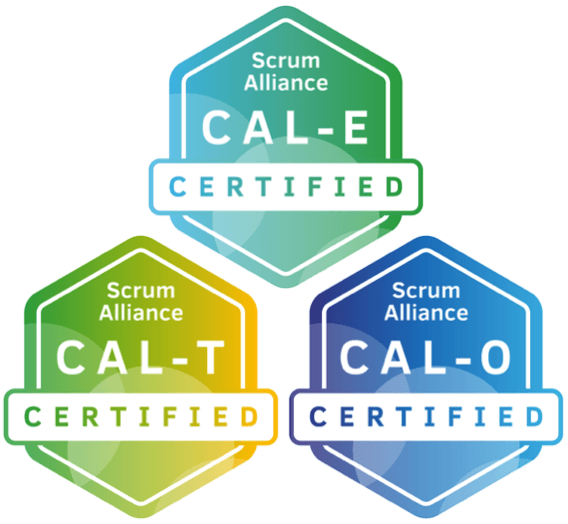Change Management and Digital Transformation
Businesses of all shapes and sizes are aggressively digitizing their business practices. Many firms are reinventing their businesses as a result of changing customer expectations. Many of these expectations derive from digital powerhouses such Netflix, Amazon, and Uber, to name a few.
Change management is at the heart of companies reinventing strategies. And, technology, such as the Aprimo tool, is leading the way in digital transformation.
Now we see a merge between mobile, digital, artificial intelligence, cloud, and social platforms. Thus, firms should be more customer-oriented, lean, agile, and interactive to succeed in this digital age.
Let's now take a look at how you can implement change management in your business..

Key Factors for Business Transformation
To transform your business, there are some key factors to acknowledge:
- Align your strategy and vision in processes, technology, and customer experience
- Adopt user-centered design and develop a personalized approach
- Become agile with your delivery of products and services
- Select software and apps that can harmonize and integrate well
- Take full advantage of data insights and analytics
- Take on a product design mentality and implementation
Many companies seem to know the critical components for digital transformation. Yet, IT executives who have attempted digital transformation have failed in high numbers!
Outdated concepts and change approaches are inherently mismatched with today's changing corporate environment. This may be the reason most change management initiatives fail.
What Is Change Management?
There may be many definitions of change management. One way to look at it is to use a structured procedure and tools to guide people through a change process to reach the desired goal.
It's beneficial to explain change management models relating to two connected concepts. The first concept is project management. The second concept is the actual change.
So now, let's look at strategies that can help prevent you from making the same mistakes as so many others in their efforts for change. And we should mention that the Aprimo tool can help you with many of the things discussed below.
Your Digital Transformation Journey
Your digital transformation blueprint should include change management. Leaders tend to be focused on business analytics. And they try to gain resources and money against their bigger overall strategy.
What they often overlook is building the proper basis for change from the beginning. Here are some key change management steps to consider.
The Preparation Stage
First off, create a digital transformation plan. Outline your business objectives and methods for achieving them. Then, identify senior executives as well as functional change facilitators. If you bring them in early on, they will be crucial in eliminating barriers and generating advocacy.
Consider partnering with or developing a COE (center of excellence). You can do this oversee all digital transformation activities and governance. Plus, you need to keep track of and reduce risks by keeping a change backlog.
Creating awareness for your program and documenting your largest and most urgent risks should be the change goals here.
The Define Stage
In the define stage, you should lay out your business goals in a straightforward manner. This is also the stage to find your audience value with journey mapping. You can also establish requirements, create your user experience and solution parts, and document your execution strategy.
To improve your plan and vision, organize monthly strategy meetings with all the relevant staff and stakeholders. Also, conduct a readiness evaluation of the company. This evaluation includes team structure, measurement governance, adoption, and communication.
Try to conduct change management seminars that receive input from your strategies. You can discover insights, methods, and techniques for driving change throughout your project lifetime.
Your seminars or workshops can involve:
- Resistance management
- Steering
- Coaching programs
- User assessment and feedback
- Content strategy
- Communications
Identify essential strategies to drive the desired change by your target audiences. Also, figure in what sequence they'll be most powerful during your define stage.
The Design Stage
You establish your digital transformation plan throughout the design process. The focus here is to bring the idea to life for a wider audience. In the design stage, you could be dealing with:
- Wireframe creation
- Interactive prototypes
- Proof of concepts
- High-quality designs
- Solution architecture charts
- Integration mapping
- Data modeling
This stage is when you combine your inputs from previous stages to create a strategy that will guide your build stage.
The goal should be to establish the roles of the change team. Look into the effects of business processes as well. Furthermore, creating a measuring strategy that includes measurable KPIs is critical. A solid content strategy is a must!
The Build and Verification Stage
It's worth combining the verification and build stages when contemplating meaningful change management techniques. And this is true, even if they are diverse from a development standpoint.
As developers produce against your product backlog, the digital transformation will become a reality. This is also the point at which change management resilience begins to wane.
Since progress in the creation of functioning code is straightforward to track. Yet, teams tend to overlook more qualitative components. Often, executives entering the verification stage that looks to fail begin organizing a change management workflow.
However, thriving businesses combine requirements and user stories with prespecified change management plans. Having a single project management environment pushes your teams to collaborate better.
Implementing the change management strategy with your development team and end users is your change goal during these stages.
Change Management Solutions for Your Firm
Change management is something that businesses need to embrace. This is now more true than ever in the modern digital environment.
Having clear stages set out from the start will help you achieve your digital transformation journey. And technology such as the Aprimo tool can make your plans a reality.
Whether you're a government entity or a private enterprise, our team at voolama can help you develop robust change for the better. Why not check out what we're about?
Want More Information?
Get in touch, we would love to spend some time talking about your needs and showing how voolama can provide value.
Contact Us







